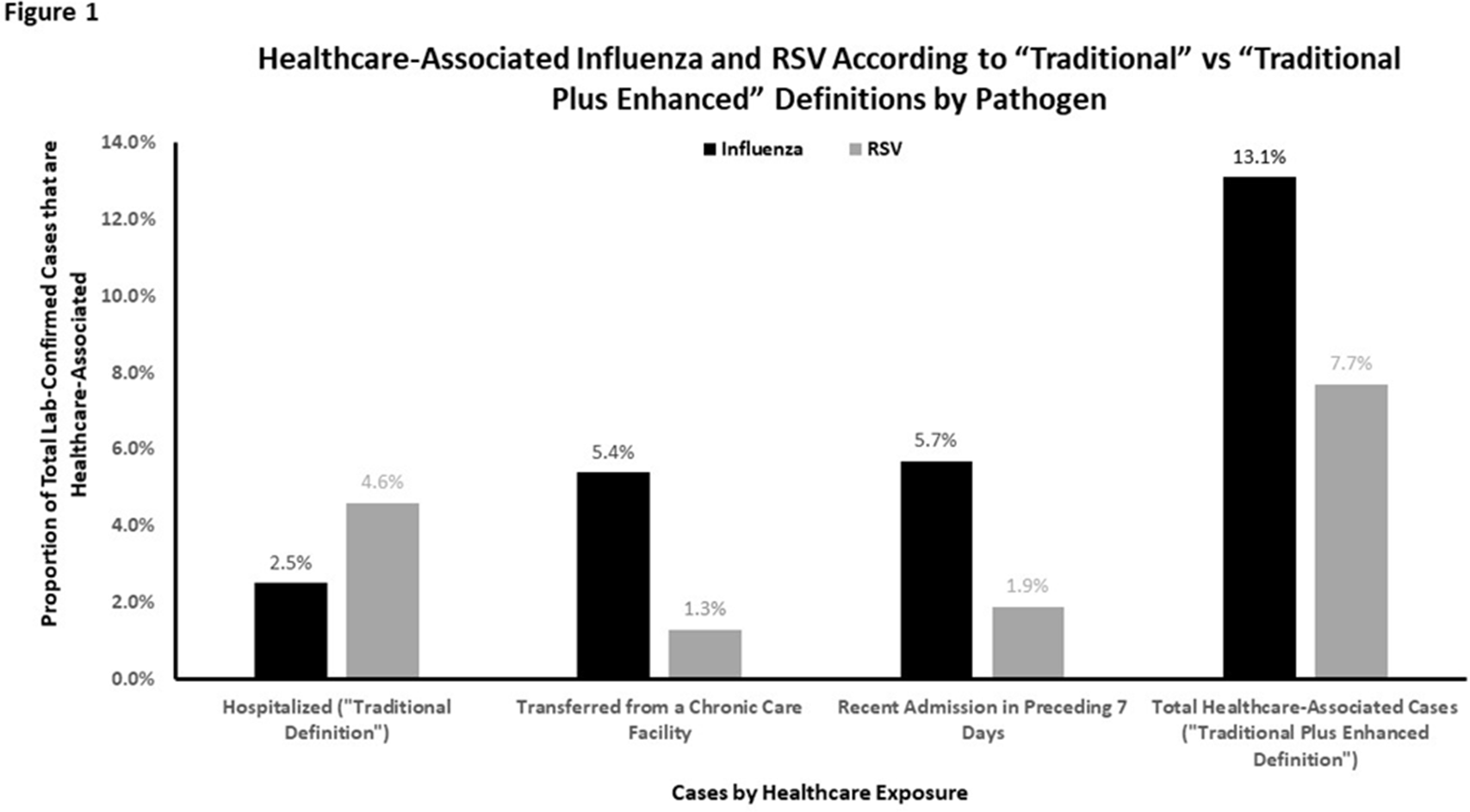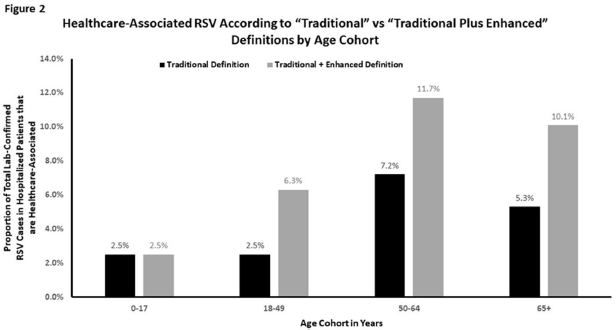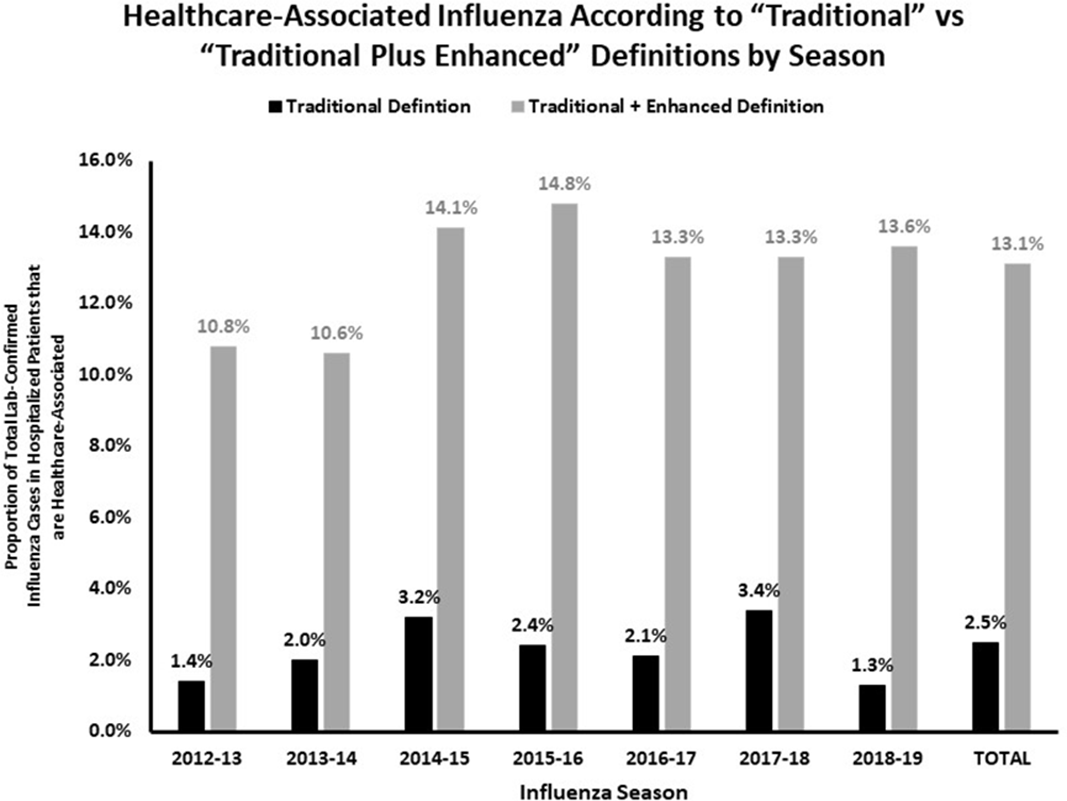88 results
Fast as Potoroo: Radio continuum detection of a bow-shock pulsar wind nebula powered by pulsar J1638–4713
-
- Journal:
- Publications of the Astronomical Society of Australia / Volume 41 / 2024
- Published online by Cambridge University Press:
- 25 March 2024, e032
-
- Article
-
- You have access
- Open access
- HTML
- Export citation
Calorimetric Determination of the Enthalpies of Formation of Hydrotalcite-Like Solids and Their Use in the Geochemical Modeling of Metals in Natural Waters
-
- Journal:
- Clays and Clay Minerals / Volume 54 / Issue 4 / August 2006
- Published online by Cambridge University Press:
- 01 January 2024, pp. 409-417
-
- Article
- Export citation
Traditional definition of healthcare-associated influenza underestimates cases associated with other healthcare exposures in a population-based surveillance system
-
- Journal:
- Infection Control & Hospital Epidemiology / Volume 44 / Issue 11 / November 2023
- Published online by Cambridge University Press:
- 19 April 2023, pp. 1816-1822
- Print publication:
- November 2023
-
- Article
-
- You have access
- Open access
- HTML
- Export citation
Implementation of Multi-level Interventions to Mitigate Risk of SARS-CoV-2 Delta Variant at a PUBLIC UNIVERSITY in Southern United States
-
- Journal:
- Disaster Medicine and Public Health Preparedness / Volume 17 / 2023
- Published online by Cambridge University Press:
- 27 July 2022, e230
-
- Article
-
- You have access
- Open access
- HTML
- Export citation
P.160 Safety and effectiveness of the assessment and treatment of idiopathic normal pressure hydrocephalus (iNPH) in the Adult Hydrocephalus Clinical Research Network (AHCRN)
-
- Journal:
- Canadian Journal of Neurological Sciences / Volume 49 / Issue s1 / June 2022
- Published online by Cambridge University Press:
- 24 June 2022, p. S49
-
- Article
-
- You have access
- Export citation
P.208 Pilot Study of a Multi-center, Randomized, Blinded, Placebo-Controlled Trial of Shunt Surgery in Idiopathic Normal Pressure Hydrocephalus
-
- Journal:
- Canadian Journal of Neurological Sciences / Volume 48 / Issue s3 / November 2021
- Published online by Cambridge University Press:
- 05 January 2022, pp. S79-S80
-
- Article
-
- You have access
- Export citation
Respiratory Syncytial Virus: An Underrecognized Healthcare-Associated Infection
-
- Journal:
- Antimicrobial Stewardship & Healthcare Epidemiology / Volume 1 / Issue S1 / July 2021
- Published online by Cambridge University Press:
- 29 July 2021, pp. s76-s77
-
- Article
-
- You have access
- Open access
- Export citation
Traditional Definition of Healthcare-Associated Influenza Underestimates Cases Associated with Other Healthcare Exposures
-
- Journal:
- Antimicrobial Stewardship & Healthcare Epidemiology / Volume 1 / Issue S1 / July 2021
- Published online by Cambridge University Press:
- 29 July 2021, pp. s12-s13
-
- Article
-
- You have access
- Open access
- Export citation
A history of high-power laser research and development in the United Kingdom
- Part of
-
- Journal:
- High Power Laser Science and Engineering / Volume 9 / 2021
- Published online by Cambridge University Press:
- 27 April 2021, e18
-
- Article
-
- You have access
- Open access
- HTML
- Export citation
Glacier changes over the past 144 years at Alexandra Fiord, Ellesmere Island, Canada
-
- Journal:
- Journal of Glaciology / Volume 67 / Issue 263 / June 2021
- Published online by Cambridge University Press:
- 19 February 2021, pp. 511-522
-
- Article
-
- You have access
- Open access
- HTML
- Export citation
Associations between food insecurity and psychotropic medication use among women living with HIV in the United States
-
- Journal:
- Epidemiology and Psychiatric Sciences / Volume 29 / 2020
- Published online by Cambridge University Press:
- 06 April 2020, e113
-
- Article
-
- You have access
- Open access
- HTML
- Export citation
Improved estimates of glacier change rates at Nevado Coropuna Ice Cap, Peru
-
- Journal:
- Journal of Glaciology / Volume 64 / Issue 244 / April 2018
- Published online by Cambridge University Press:
- 27 February 2018, pp. 175-184
-
- Article
-
- You have access
- Open access
- HTML
- Export citation
Depth- and time-dependent vertical strain rates at Siple Dome, Antarctica
-
- Journal:
- Journal of Glaciology / Volume 50 / Issue 171 / 2004
- Published online by Cambridge University Press:
- 08 September 2017, pp. 511-521
-
- Article
-
- You have access
- HTML
- Export citation
Volume and velocity changes at Mittivakkat Gletscher, southeast Greenland
-
- Journal:
- Journal of Glaciology / Volume 59 / Issue 216 / 2013
- Published online by Cambridge University Press:
- 10 July 2017, pp. 660-670
-
- Article
-
- You have access
- HTML
- Export citation
Factors affecting germination of hairy nightshade (Solanum sarrachoides) seeds
-
- Journal:
- Weed Science / Volume 53 / Issue 1 / February 2005
- Published online by Cambridge University Press:
- 20 January 2017, pp. 41-45
-
- Article
- Export citation
Cultural Dynamics, Deep Time, and Data: Planning Cyberinfrastructure Investments for Archaeology
-
- Journal:
- Advances in Archaeological Practice / Volume 3 / Issue 1 / February 2015
- Published online by Cambridge University Press:
- 16 January 2017, pp. 1-15
-
- Article
- Export citation
Contributors
-
-
- Book:
- The Cambridge Dictionary of Philosophy
- Published online:
- 05 August 2015
- Print publication:
- 27 April 2015, pp ix-xxx
-
- Chapter
- Export citation
Contributors
-
-
- Book:
- Comprehensive Management of Arteriovenous Malformations of the Brain and Spine
- Published online:
- 05 January 2015
- Print publication:
- 08 January 2015, pp x-xiv
-
- Chapter
- Export citation
Contributors
-
-
- Book:
- Acute Care and Emergency Gynecology
- Published online:
- 05 November 2014
- Print publication:
- 30 October 2014, pp ix-xiv
-
- Chapter
- Export citation
Contributors
-
-
- Book:
- Acute Medicine
- Published online:
- 05 November 2014
- Print publication:
- 30 October 2014, pp viii-x
-
- Chapter
- Export citation
















